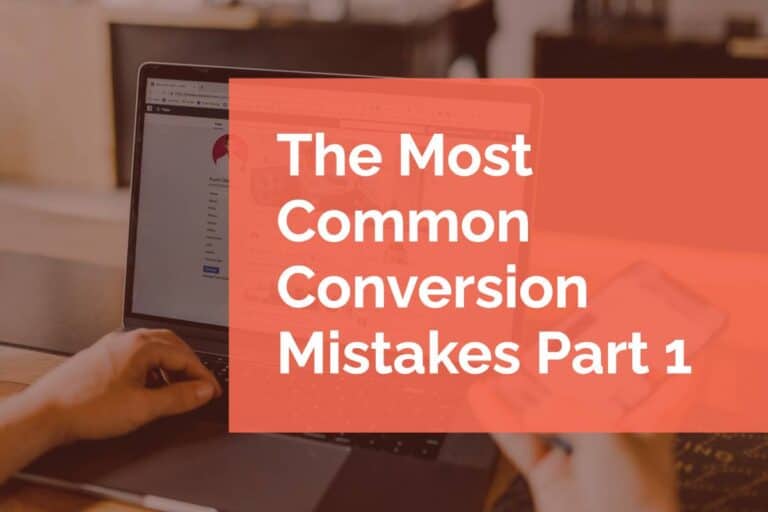Selecting Key Performance Indicators (KPI)
You’ve probably read a lot lately about the importance of choosing the right Key Performance Indicators, or KPI. But, what are Key Performance Indicators and which ones are right for you? More importantly, which ones are right for your website?
In the general sense, a Key Performance Indicator is any piece of data used as a metric to measure an established goal. This can be a business or economic goal, as well as a website goal. But for the purposes of this post we’ll focus on websites. The purpose of the Key Performance Indicator is to determine what’s valuable in measuring a goal’s success. This will keep you from being overwhelmed by too much data.
Set Site Goals
Before you can select Key Performance Indicators, you’ll need to decide on a goal for your website. Common goals are things like generating more leads, obtaining more newsletter signups, producing more sales, and collecting more survey results. Remember that your website is a tool in your marketing arsenal. You want to choose goals that will increase the power of your website.
Often times, you’ll even want to quantify the goal to give yourself a specific target. Let’s take “producing more sales” from the list above. It’s a good goal, but a bit vague. To really give your goal some aim, make the goal something like “increase sales by 10% in 6 months.” Not only do you have a goal, but now you have a way to measure success and a time frame to complete it.
Choosing a metric for success and a time period will give you a great way to check in on your goals and determine progress. The end of the chosen time period is a great moment to stop and analyze the goal. Decide if any changes need to be made, if the goal is a success, or should the goal be increased.
Choose Key Performance Indicators
Once a goal has been determined, you need decide what is the pertinent data to determining the success of that goal. These are going to be your Key Performance Indicators. This will help you sift through the wealth of data in Google Analytics to only focus on what really matters.
Continuing with the example of “increasing sales 10%,” we can decide what data we’d want to evaluate that goal. The easiest point of data is number of sales. But there are a few less obvious data points we can track to help see a bigger picture as to how sales are trending. A good way to select data points is to ask yourself what data would you want if you were asked to give a report on the goal. In our example, maybe someone asks you “Why aren’t sales increasing?” Just having number of sales alone doesn’t provide much insight except to confirm that indeed sales are down. In this case it would also be helpful to know how many visitors are coming to your site, how many visitors are putting products in your cart, and how many visitors are completing a purchase. With those three points of data, you’ll get a vivid picture of where a breakdown could be occurring. Traffic could be down or cart abandonment could be high. And if either of those are true, you can investigate causes, make changes, and keep testing. (But hopefully, your efforts are reward and your sales did increase by 10%!)
Tracking Events
You must have Google Analytics, or some other metric collector set up on your site to track this data. And with Analytics sometimes you’ll want to track certain events for your KPI. Events are interactions your user has with the site, rather than simple data points. These are event like button clicks, scrolls, and form submissions. It’s important to note that event tracking is not turned on by default. It requires some javascript know-how to track events on your site. If you need any help please reach out to us.






